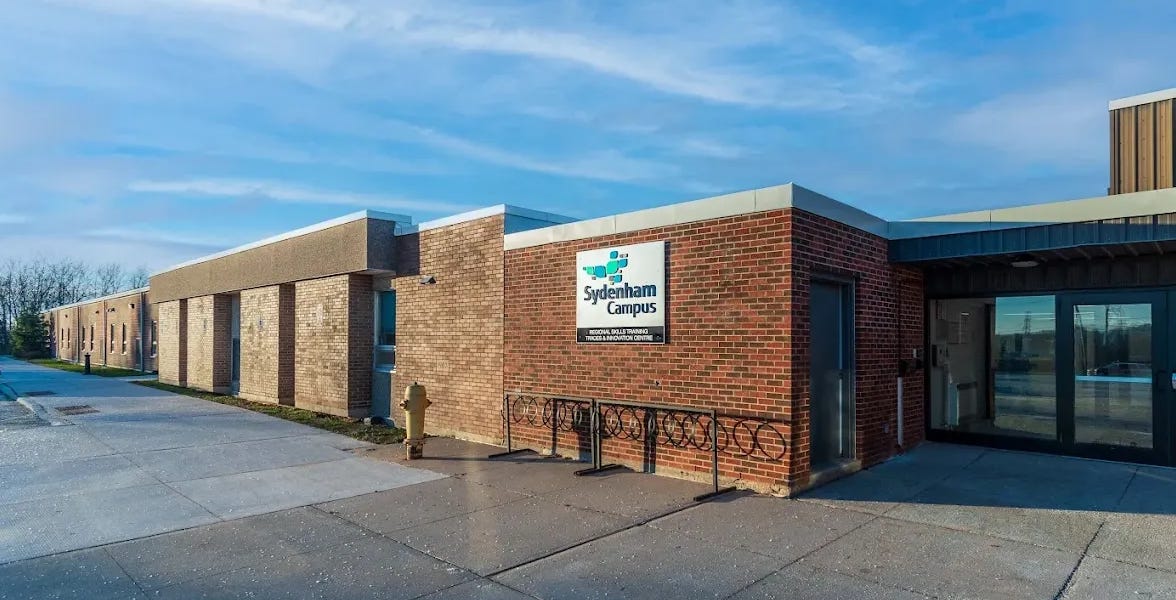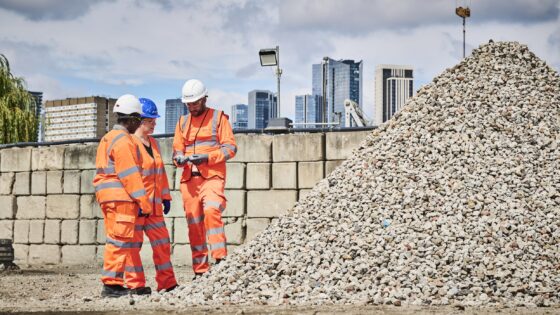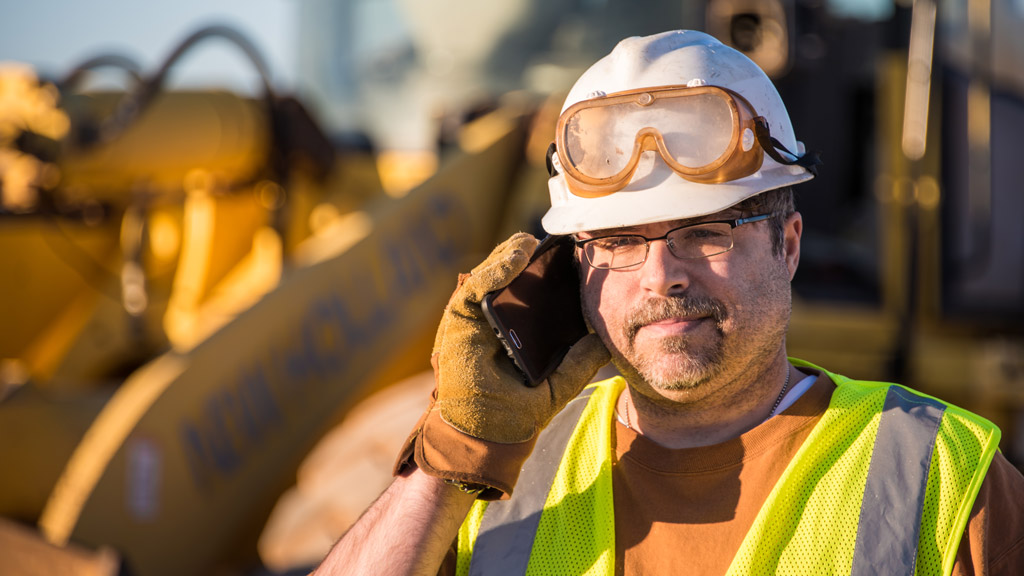Labour and development charges are two major culprits, industry members say, that have kicked construction costs higher while Canada’s skinny dollar wimps out of any heavy lifting for U.S. purchases. But, yo-yoing tariffs also continue trumping the edge of uncertainty and are lending extra costs to some imports.
The B.C. Construction Association’s (BCCA) fall statistic package examining the province’s economic and labour conditions shows inflation continues despite a slowing of the construction industry.
“The latest data shows construction material costs have increased by four per cent year-over-year, which is double the Bank of Canada’s inflation target,” the BCCA maintains.
It cites labour costs rising 16 per cent over last year with an average $83,667 construction wage. That’s a 41 per cent hike over five years. And despite a softening of the construction market, the 37 per cent decrease in job vacancies over last year still leaves 7,310 construction jobs unfilled.
There remains a 25 per cent tariff on steel and aluminum products and auto imports originating from the U.S. as Canada removed other tariffs starting in September. Conversely, the U.S. has heaped tariffs on B.C. lumber, resulting in stable or depressed wood pricing for Canadian builders.
All-Roads Group president Rod Stephens said he is holding costs “to date” as the company has locked-in prices for a year or two on materials, but labour costs do increase.
Tariffs, though, walloped the company as it upgraded an asphalt plant and needed a large steel holding tank unavailable in Canada.
When the $400,000 item crossed the border, it contained a $75,000 tariff fee, one that Stephens has had no success claiming back yet.
Anoop Khosla, managing director of Midvalley Rebar, who follows the steel market and participated in government committees, said rebar prices have increased about 10 per cent but the 25 per cent Canadian tariff U.S. add is crippling.
“The 25 per cent totally wipes out imports from the U.S.,” he said.
As well, Canada has imposed a quarterly import quota on international imports while the Alberta steel plant, Western Canada’s only steel facility producing rebar, produces only 160,000 tons a year in a 500,000 tons market.
“We are predicting a shortage by spring,” he said, while forecasting that inflationary pressures, shortages and tariffs will push concrete building costs from $350 and $400 to $500 per square foot.
Bryan Wallner, CEO of the Roofing Contractors Association of BC, said the roofing sector is able to source materials offshore and both sides of the border, side-stepping tariffs.
As for the metal roofing sector, Wallner said Canada has its own manufacturers.
On the labour side, he sees a pent-up demand for training roofers and architectural sheet apprentices. “Our training school has never been busier,” he said.
He believes the roofing sector will continue to be busy as government steps in to build when the private sector cools.
Northern Building Supplies operations manager and purchaser Neil Thomas said he thinks four per cent inflation might be a bit low.
Whether it is chemicals, commodities or glues, it has all increased in price.
“Every order that comes in we have to revisit,” he said to ensure pricing is in line with costs.
Inflation also has an accumulative impact. Thomas bought a forklift for $70,000 in 2006 and that same sized forklift prices out today at $220,000.
The Bank of Canada inflation calculator shows the accumulative impact of 2006’s $70,000 converts to $105,705 in 2025 using the average inflation rate of 2.19 per cent over that period.
Richmond Plywood’s sales and marketing vice-president Mark Sutherland said plywood prices have come down by more than half from heady pre-COVID price increases of 250 per cent.
They are being held by soft markets and competition producers.
“The construction market is facing challenging times. Even though interest rates are down, all the material ingredients are on the rise,” he said.
Resin, shipping costs and labour all climb while fibre costs offer some relief.
Sutherland sees the costs associated with building as a challenge today, especially in markets such as Toronto which accounts for as much as four out of every 10 homes in Canada.
Development costs in Toronto for a non-rental, one-bedroom apartment rose from $5,000 to $52,000 between 2019 and 2024. Metro Vancouver is currently revising development rates and will continue through to 2027 with new rates in effect 2028.
Depending on the municipality, developments costs for a single-family home range from $29,000 to $87,000 onto which will layer another $30,000 by 2027 for water and sewer plus 20 per cent for community amenities.
Meanwhile, the trucking sector is humming.
“I’ve never been so busy quoting for trucks,” said Inland Trucks’ sales consultant Bill Coutts.
COVID-19 caused a new equipment shortage turning buyers to the used market.
That patched and tired equipment is now being replaced.
There are also new emission standards coming in 2027 making replacement equipment more expensive. Inland, like many truck manufacturers, has facilities in Canada, the U.S. and Mexico and truck prices depend on where it is manufactured.
On a positive note, Inland is attempting to realign its manufacturing to lessen any tariff costs for Canadian customers, said Coutts.
An oversupply of drivers and trucks has erased inflation in the trucking industry, said Dave Earle, president of the BC Trucking Association.
But he agrees with Coutts, there is a major shift toward new equipment.
The supply constraint revolves around what to buy while hedging tariffs, eyeing U.S. emission standards and seeing what lies within Canada’s fall federal budget in de-carbonization.
“The big thing is the emissions side which is unknown and uncertain,” said Earle.
link







More Stories
Construction industry carbon footprint projected to double by 2050, hindering net zero
Construction industry
Industry Perspectives Op-Ed: Building Canada’s future